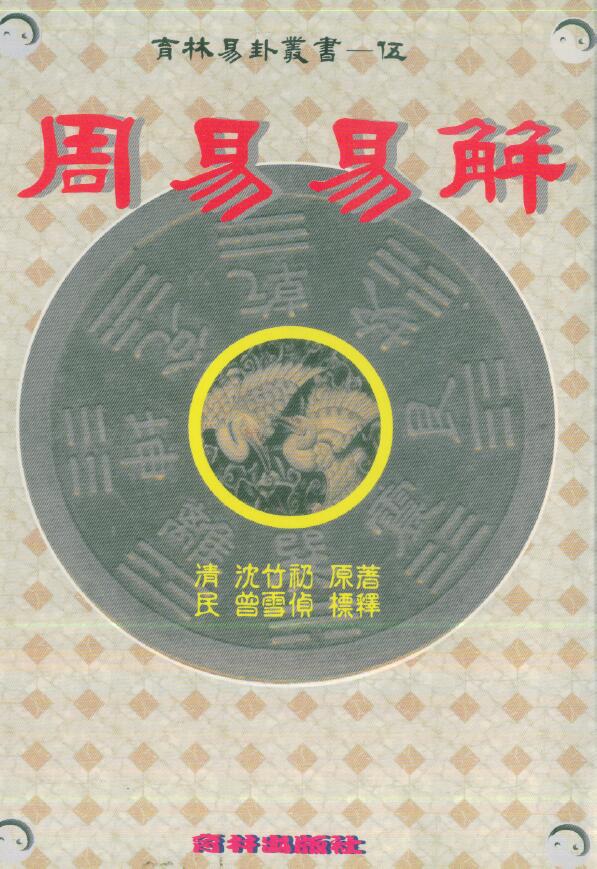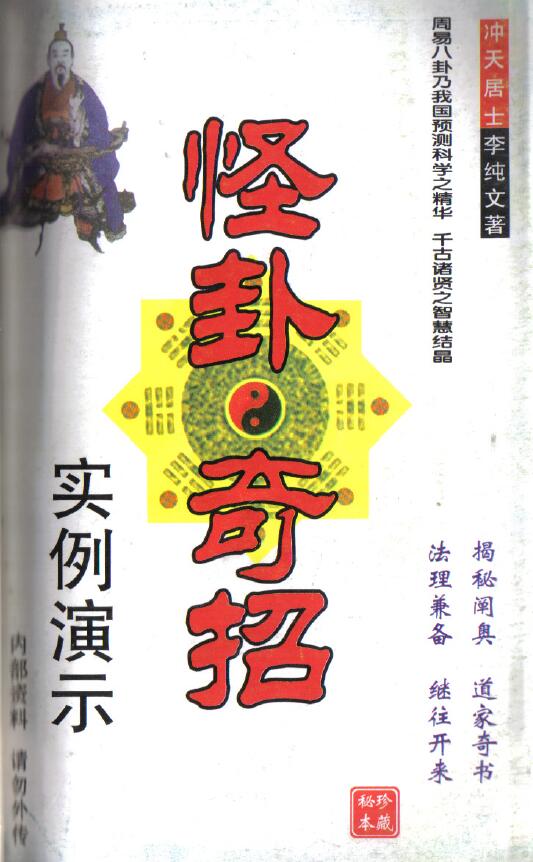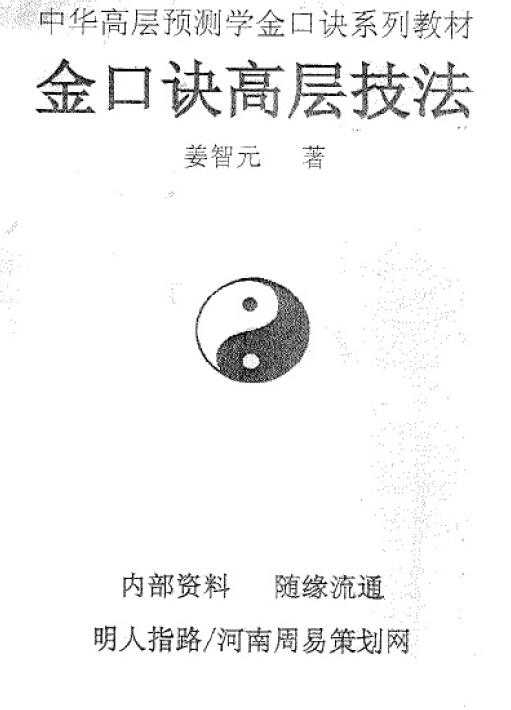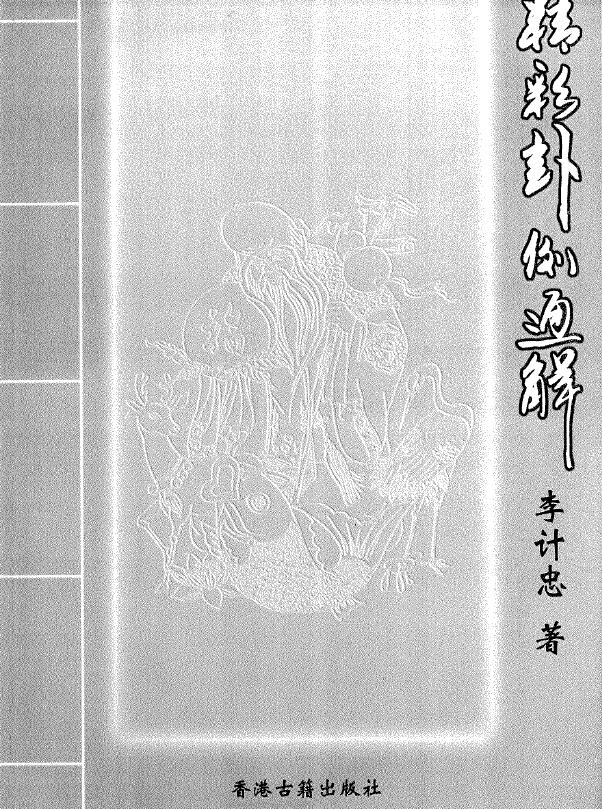(Han) Yang Xiong’s “Yangtze Taixuan Jing” ten volumes Tianyi Pavilion collection
“Yangtze Taixuan Jing” Ten Volumes Tianyi Pavilion Collection PDF Yixue Ancient Books Electronic Book Download Introduction “Taixuan Jing” is also called “Yangtze Taixuan Jing”, referred to as “Taixuan” and “Xuanjing”, compiled by Yang Xiong in Han Dynasty. Yang Xiong wrote “Taixuan”, which regards Xuan as the highest category, and takes Xuan as the central idea when constructing the creation schema of the universe and exploring the law of the development of things, which is the inheritance of Taoism in the Han Dynasty
Ten Volumes of “Yangtze Taixuan Jing” Tianyi Pavilion Collection PDF Yixue Ancient Books e-Book Download
Introduction , compiled by Yang Xiong in the Han Dynasty. Yang Xiong wrote “Taixuan”, which regards Xuan as the highest category, and takes Xuan as the central idea when constructing the creation schema of the universe and exploring the development law of things, which is the inheritance and development of Taoism in the Han Dynasty. “Siku Quanshu” was changed to “Taiyuan Jing” to avoid the name taboo of Emperor Kangxi Xuanye. [1] “New Book of Tang·Yiwenzhi” consists of twelve volumes, and “Tongkao of Documents” consists of ten volumes. His book imitates the style of “Book of Changes”. It is divided into one mystery, three directions, nine states, twenty-seven parts, eighty-one families, and seven hundred and twenty-nine praises to imitate the Liangyi, Sixiang, Eight Trigrams, Sixty-four Double Trigrams, and Three Hundred and Eighty-Four Trigrams of “Book of Changes”. Yao. Its praise is equivalent to the line of “Book of Changes”. “Book of Changes” has “Ten Wings” such as “Zhuan Zhuan” and “Xiang Zhuan”. As a supplementary explanation, “Taixuan Jing” also made ten chapters such as “Xuan Chong” and “Xuan Yu” as supplementary explanations. “Xuan”, like the shape of a Chinese character, means spiral “samsara”, which is the general framework of the form of natural laws. It comes from “Lao Tzu” “mysterious and mysterious”. “Taixuan Jing” takes “Xuan” as the central idea, and combines the thoughts of Confucianism, Taoism, and Yin-Yang to become a mixture of Confucianism, Taoism, and Yin-Yang. Yang Xiong used Yin-Yang, five-element thinking and knowledge of astronomy and calendar to draw a diagram of the world in the form of divination. Put forward the views that “the husband and the author value his follow-through and the style is natural”, “quality cares about nature, and Huazao cares about personnel”. “Taixuan Jing” contains some dialectical viewpoints, and expounds the relationship between the unity of opposites such as misfortune and fortune, movement and stillness, cold and heat, and cause and transformation, and their mutual transformation. It is believed that things develop according to nine stages. In each “Nine Praises”, they try to describe the evolution process of things from germination, development, prosperity to weakening and even extinction. Song Zhong of the Eastern Han Dynasty and Lu Ji, a native of Wu in the Three Kingdoms, wrote annotations for Taixuan Jing. Fan Wang, a native of Jin, deleted the annotations of the two schools and added his own annotations. In addition, Sima Guang of the Northern Song Dynasty “Taixuan Jing Jizhu”, Chen Benli of the Qing Dynasty “Taixuan Explanation of Secrets” and so on. Some screenshots
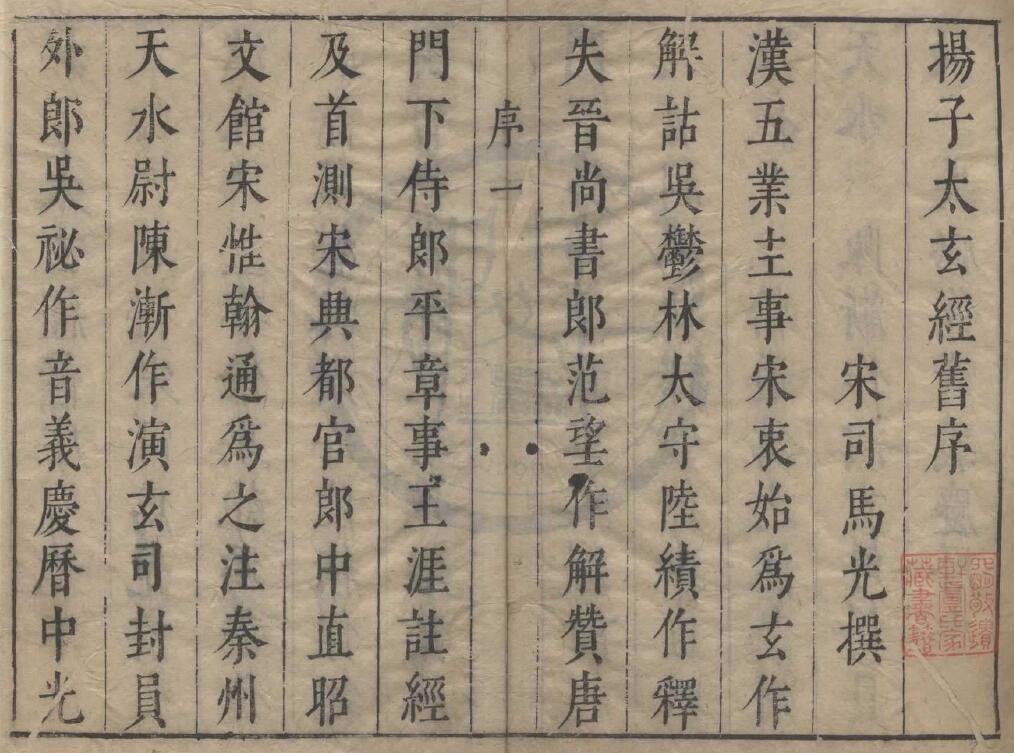



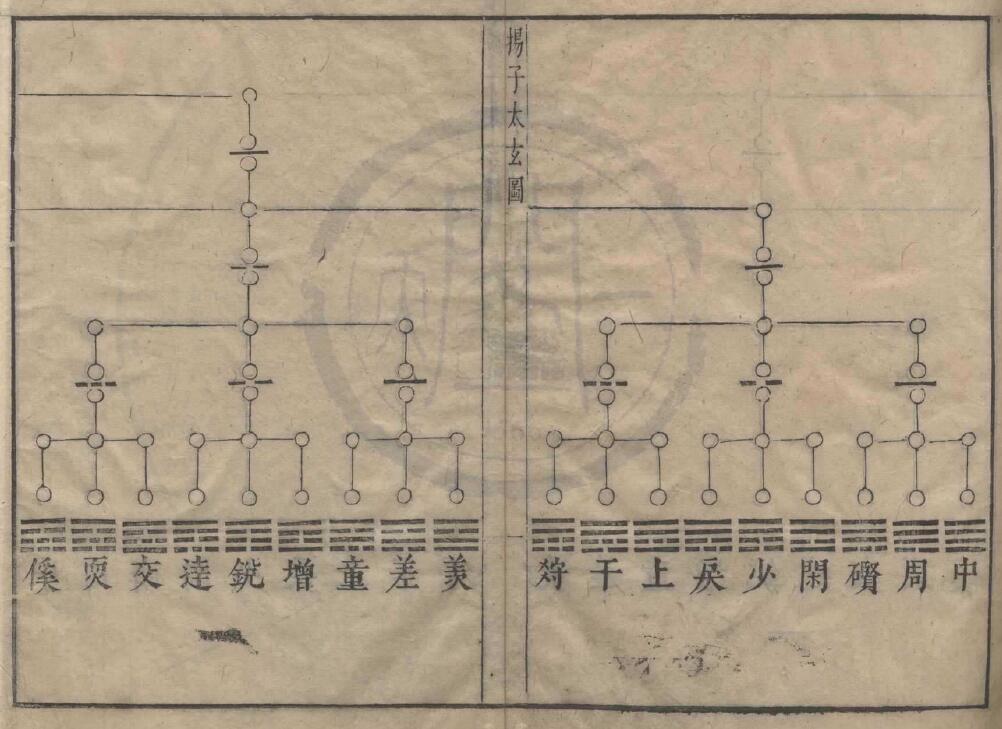
BOOK INFO:
- Publication Date: 未知
- Language: 中文
- Identifier: 内部视频
- Total Pages: 1
- File Type: PDF
Download Link:
Payment Method:
1、Open Tittle
2、Click to Pay New
3、Click on the material you want to buy
4、Click on "Payment Methods"
5、Click on the material you want to buy
6、Choose from one of your existing payment methods or add a new one
7、Complete purchase
NOTE: If you add a payment method when making a purchase, it will be saved in your account.

